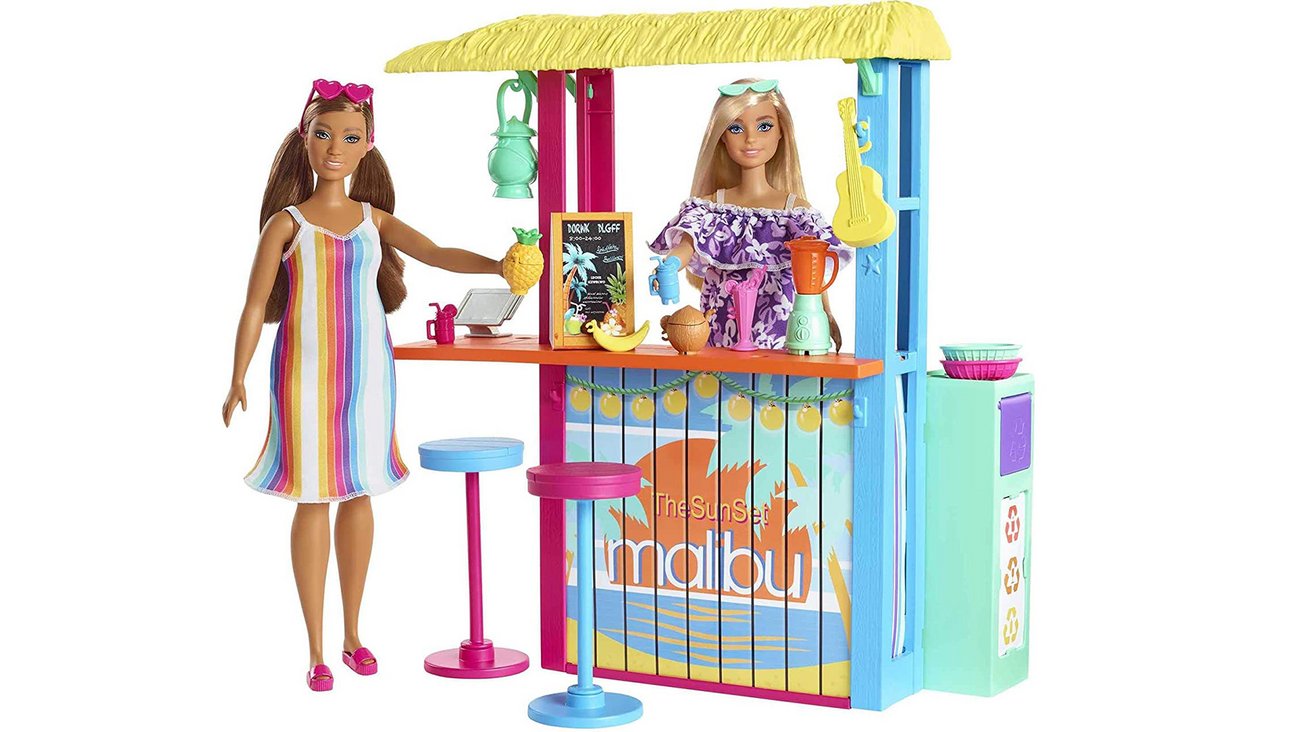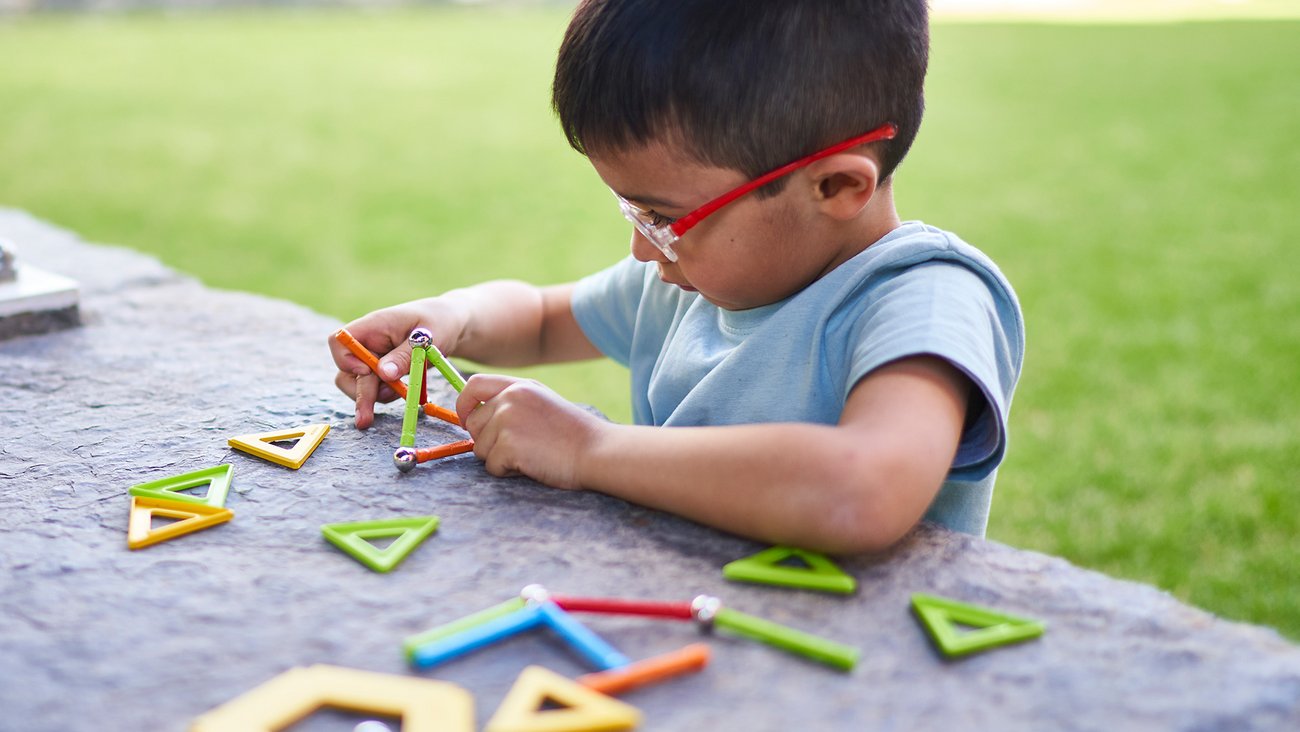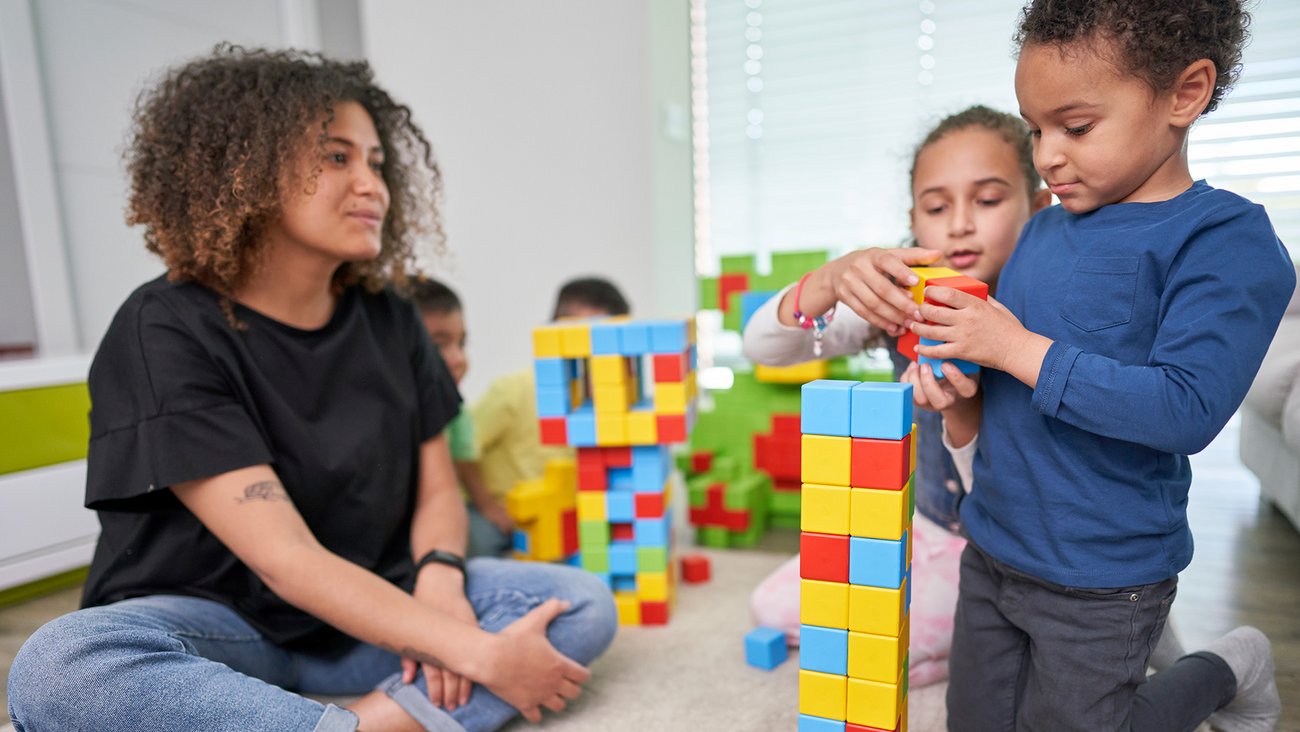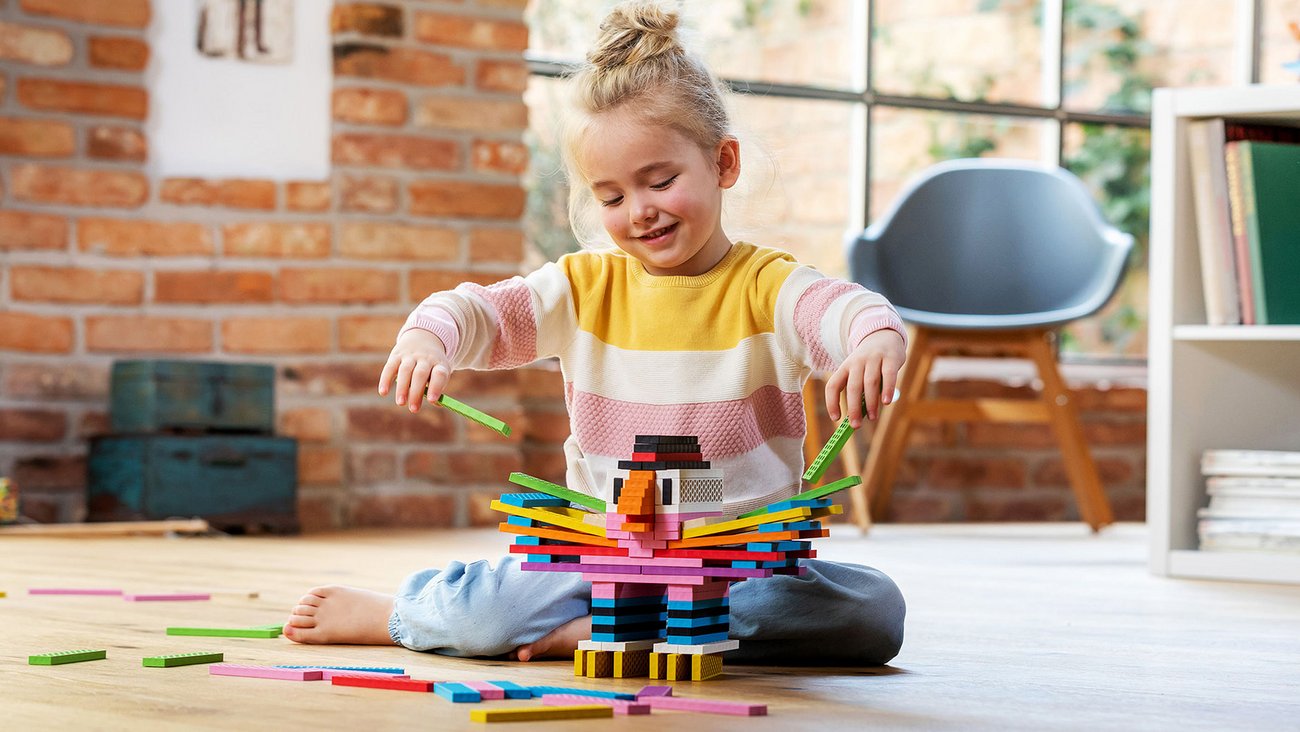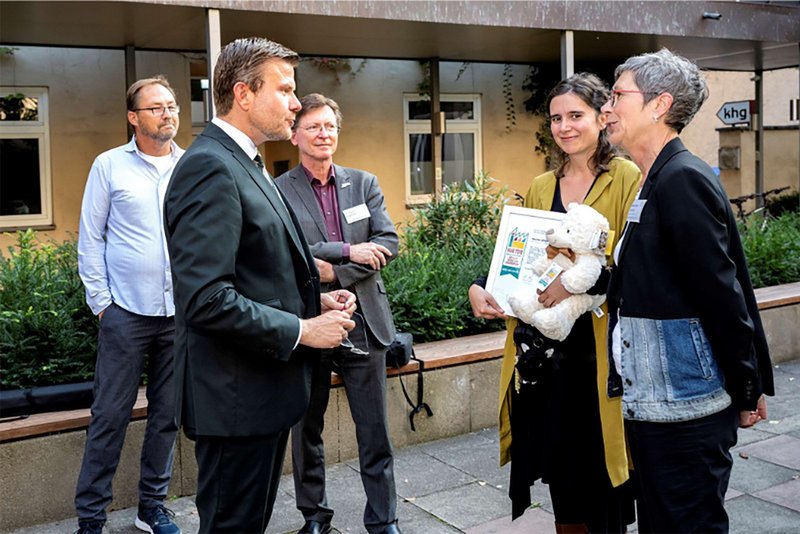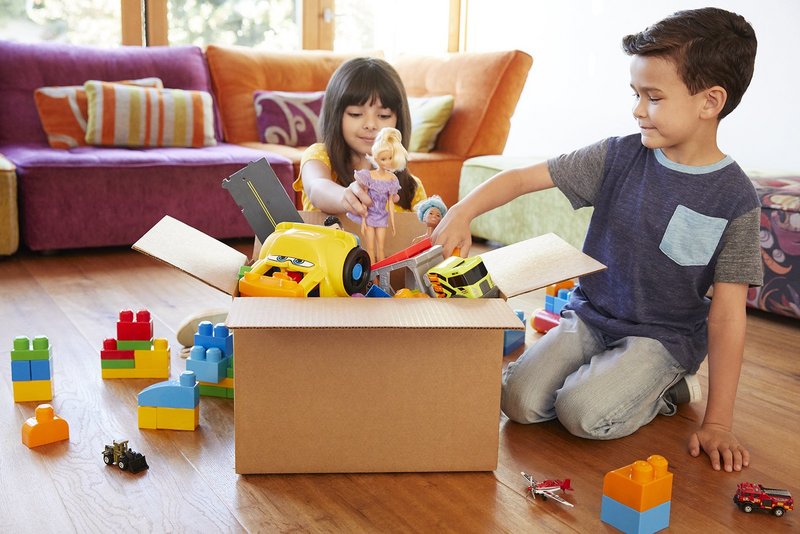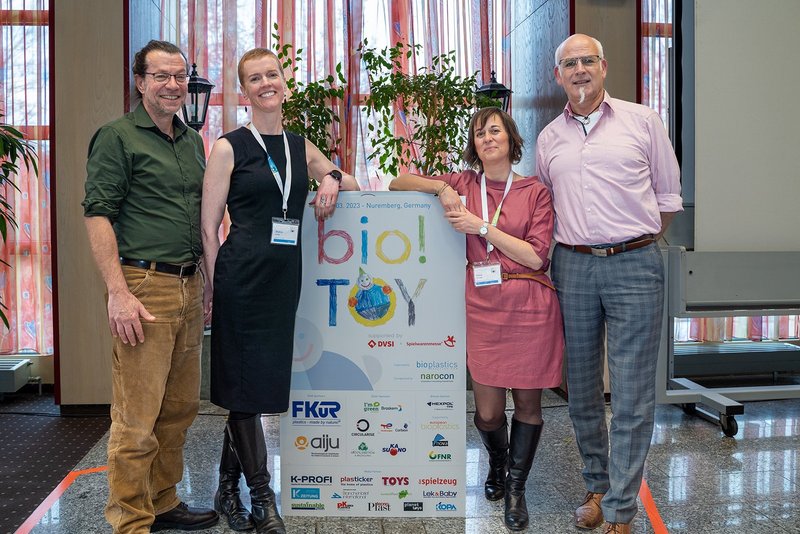
Circular economy in toys? Learning from 4 pioneers
Companies bending the linear toy industry to more circular
Commentary by Sharon Keilthy
Circular Economy is a buzzword that sounds good. “A system where materials never become waste and nature is regenerated”? Yes, please! But it’s not easy to bend a linear industry like toys into a circular model. I know because I’ve tried (and mostly failed) and watched others try (with mixed results). But EU regulations are coming in the next 5 years that plan to change all of this – to make circular the default for every industry. So now is the time to learn, and experiment, and prepare. In this article I share who’s been doing what in this regard, and what we can learn from their experience making toys more circular.
Circular economy means making fewer new things in favour of more reuse and repair.
Sharon Keilthy
So, at some stage, our global toy industry is going to have to figure out how to make at least some of its revenue from reuse and repair. And that’s easier said than done. So, let’s look at some of the pioneers of the circular economy in toys.
Circular Toys Pioneer #1: LEGO
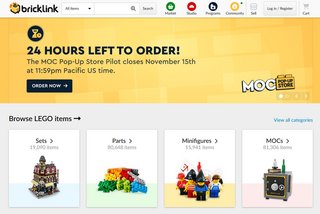
In 2019, LEGO acquired BrickLink an online marketplace where people can buy and sell genuine LEGO sets and pieces - both pre-loved and new. In other words, someone else figured out how to earn revenue from re-homing used LEGO, and LEGO decided to make that (a relatively small) part of its business model.
However, LEGO is a relatively high-value toy, which holds its value well because it’s so durable and has such a dedicated fan base. So, the economics of LEGO resale are good - complete used sets can sell for 70% of the price new, and even random mixes of used LEGO sell for €12 to €25 per kg.
Circular Toys Pioneer #2: Rejouons Solidaire
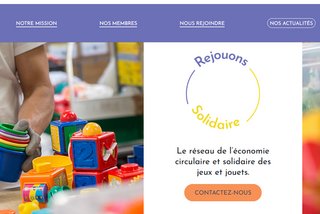
Other toys are often less durable, more complex, and so harder to clean, check and resell pre-loved. Rejouons Solidaire in France is a social enterprise that accepts donations of used toys, checks, cleans and resells them in 26 dedicated shops. In 2022 they accepted 144 tonnes of toys! Avoiding the making-new of that many toys is like protecting 40,000 mature trees from deforestation - that’s a very big positive impact on our world!
But the economics of reselling pre-loved toys (other than LEGO) are challenging. Consider a Barbie doll. You can buy one new for €15: excluding taxes that’s about €12. It’s very challenging to cover the costs of collecting, sorting, cleaning, checking, re-packaging, and retailing a toy (and disposing of toys unsuitable for resale) for €12 –especially when nearly every toy you’re receiving is different.
Rejouons Solidaire makes this work because most of their labour costs are covered by grants. They are a social enterprise with two missions – diverting toys from waste, and social inclusion. They create jobs for marginalised groups in society for processing the pre-loved toys and receive funding to cover those staff costs. In 2022 they created 196 such roles.
I have attempted to replicate the Rejouons Solidaire model in Ireland. But the subsidised supported-employment workshops that seem quite common on mainland Europe are very few and very small here. I couldn’t make it work. I hope others, in other countries - like Circle Toys in Switzerland, a start-up using a similar approach – have better luck.
Circular Toys Pioneer #3: Whirli UK
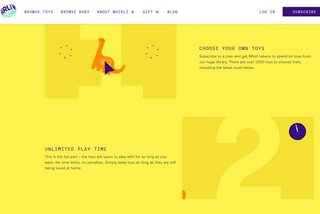
Whirli is an online, subscription-based, courier-out, courier-back toy library in the UK. It had over 10,000 members when, in 2022, it went into administration. I was saddened, but not surprised: I’d looked into replicating this model in Ireland also, and I also couldn’t make it work, when a courier one-way here costs over €6. It has since been bought and still lives-on, but my sense is, at a more modest scale.
Circular Toys Pioneer #4: Local toy libraries
A librarian giving a speech in Dublin recently said, “Librarians were the original circular economists.” And I heartily agree. The only model (other than LEGO) of circular economy in toys that seems to work is one we all know well, for books: the library.
In Switzerland, I’m told there are lots of local toy-specific libraries - run by volunteers with some Government funding. There are some like this in the UK also. In Ireland, there are 2 stand-alone local toy libraries, open very limited hours.
But the model I’m excited about is one that’s already fully-funded, insured, open long hours and staffed by people who really understand how to manage borrowed products: public libraries. Imagine each one added a collection of toys! A learning group I started in Ireland has instigated this in about 10 public libraries here, and it can work well.
What about the take-back programmes?
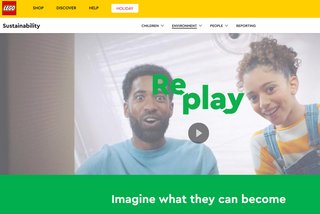
Toy makers’ take-back programmes are admirable in their intention. But I’m not sure we can say any is truly circular, and most don’t really seem to be working.
LEGO RePlay has collected over 140,000 boxes of pre-loved bricks and donated them to over 250,000 children. That’s great! But unless it’s displacing production of new bricks – having people who would normally buy new buy pre-loved instead - it’s not actually circular economy, rather charity.
Mattel’s Play-Back programme, and Hasbro’s collaboration with Terracycle, involve lots of barriers to participation. Families have to figure out which toys qualify for which programme, print a label, pack into a box, drop it off…much harder than just dropping to a local charity or binning them. What’s being received includes very old toys that would fail today’s material safety standards. And recycling toys is notoriously difficult since they’re mixed-material and designed to be hard to disassemble. So the best outcome is downcycling into park benches or playgrounds, which is better than incineration or landfill for sure.
There’s more to ‘circular’ than ‘pre-loved’
Repair is an important part of the circular economy. And so is recycling – both ensuring products get recycled and using the results of that: recycled materials.
The Ecodesign for Sustainable Products Regulation is a new EU regulation, expected to be in effect from 2026, that will incentivise (or maybe even mandate) good things like using post-consumer recycled materials, product durability, repairability (e.g., availability of spare parts and repair services), and recyclability. It will likely involve digital product passports for traceability. I’m very much looking forward to it!
Meanwhile French 3D printer maker Dagoma has released Toy Rescue: a free library of patterns to allow you to 3D-print toy spare parts. And toy makers big and small are experimenting with recycled plastics, where aspects like certification and chain of custody are already becoming important.
Circular economy in toys feels like a trip to Barbieland
Overall, a workable circular economy in toys feels a long way off - like a trip from here to Barbieland! But incoming EU regulations, and the innovation and learning pioneering toy makers have already begun, will come together to make it happen - over the next decade, I predict. I’m looking forward to seeing how it all unfolds (be sure and bring your rollerblades)!
Photo gallery of recycled-plastic toys
Toy Business Forum
Sharon Keilthy will be speaking at the Spielwarenmesse 2024 Toy Business Forum. Meet the eco activist in Nuremberg.
Mittwoch, den 31. Januar, 15:;20 – 15:50 Uhr
Sustainability is about to go mainstream in toys – are you ready?
More information on the presentation of Sharon Keilthy
About the speaker
Sharon Keilthy from Dublin in Ireland founded the world's first eco-activist toy store Jiminy.ie [TITLE Website Jiminy.ie https://jiminy.ie/] and sold more than €1 million eco toys to date. All carbon-neutral and minimal-waste. She co-founded Women in Toys Sustainability Learning Community to create awareness for the topic of sustainability.


